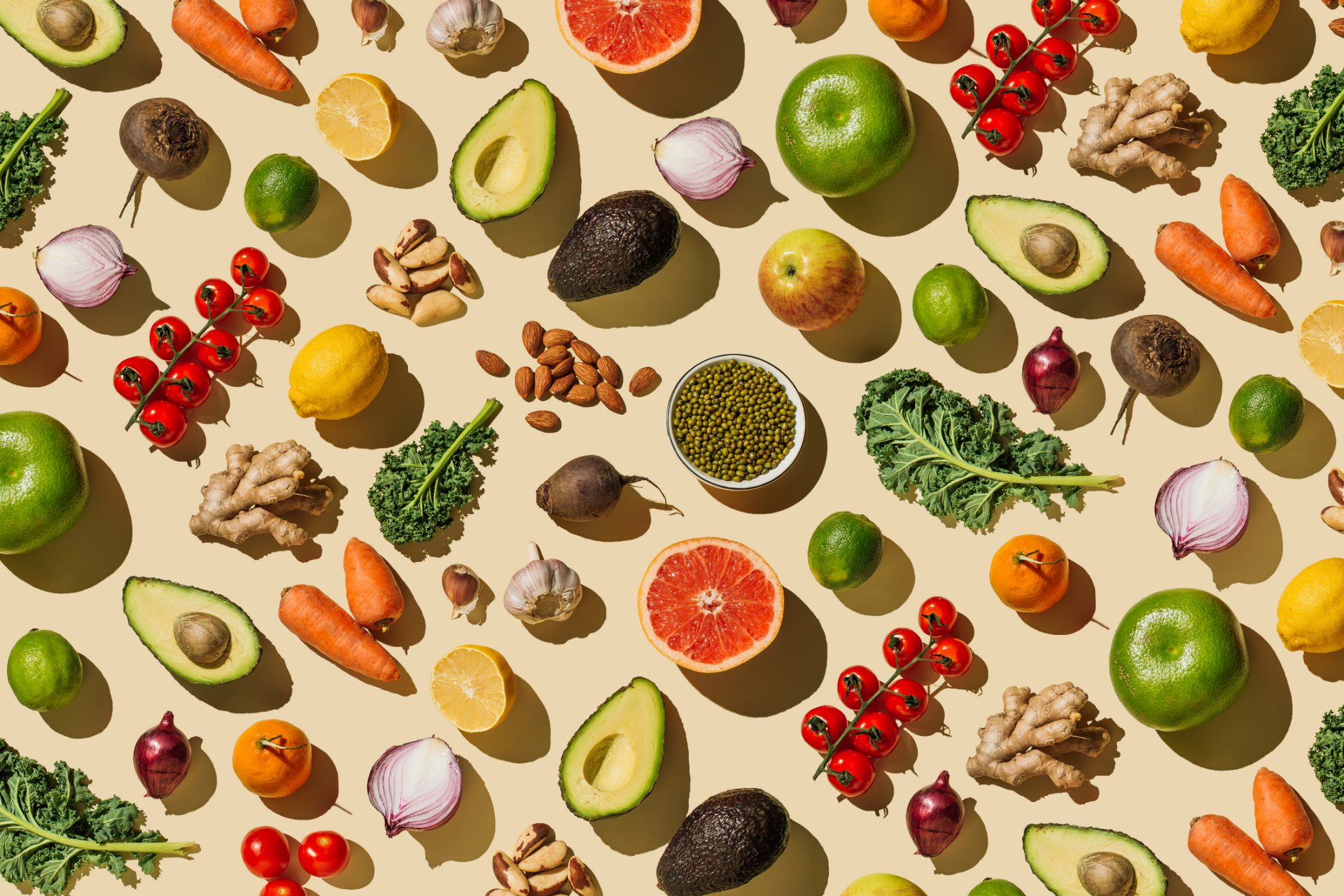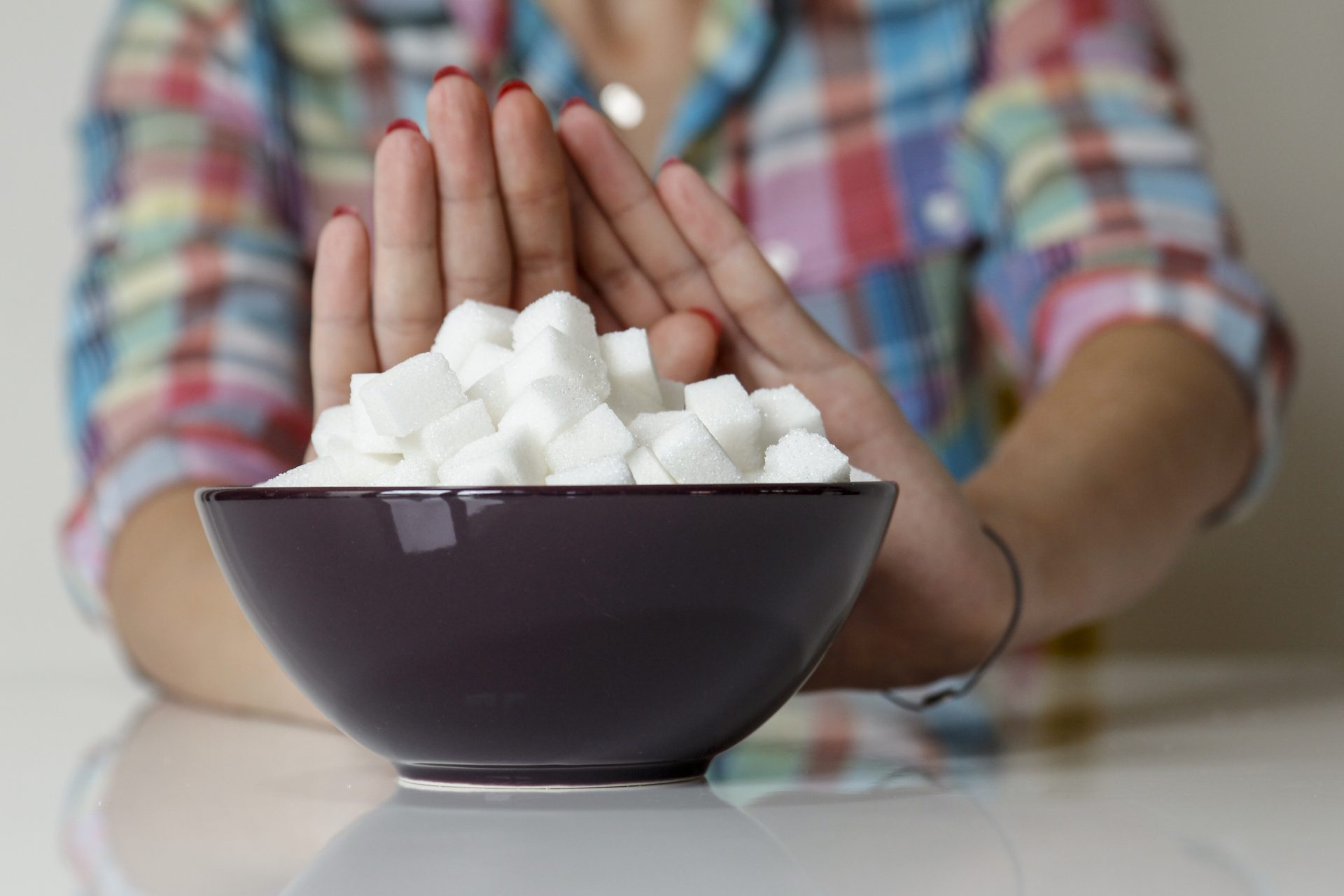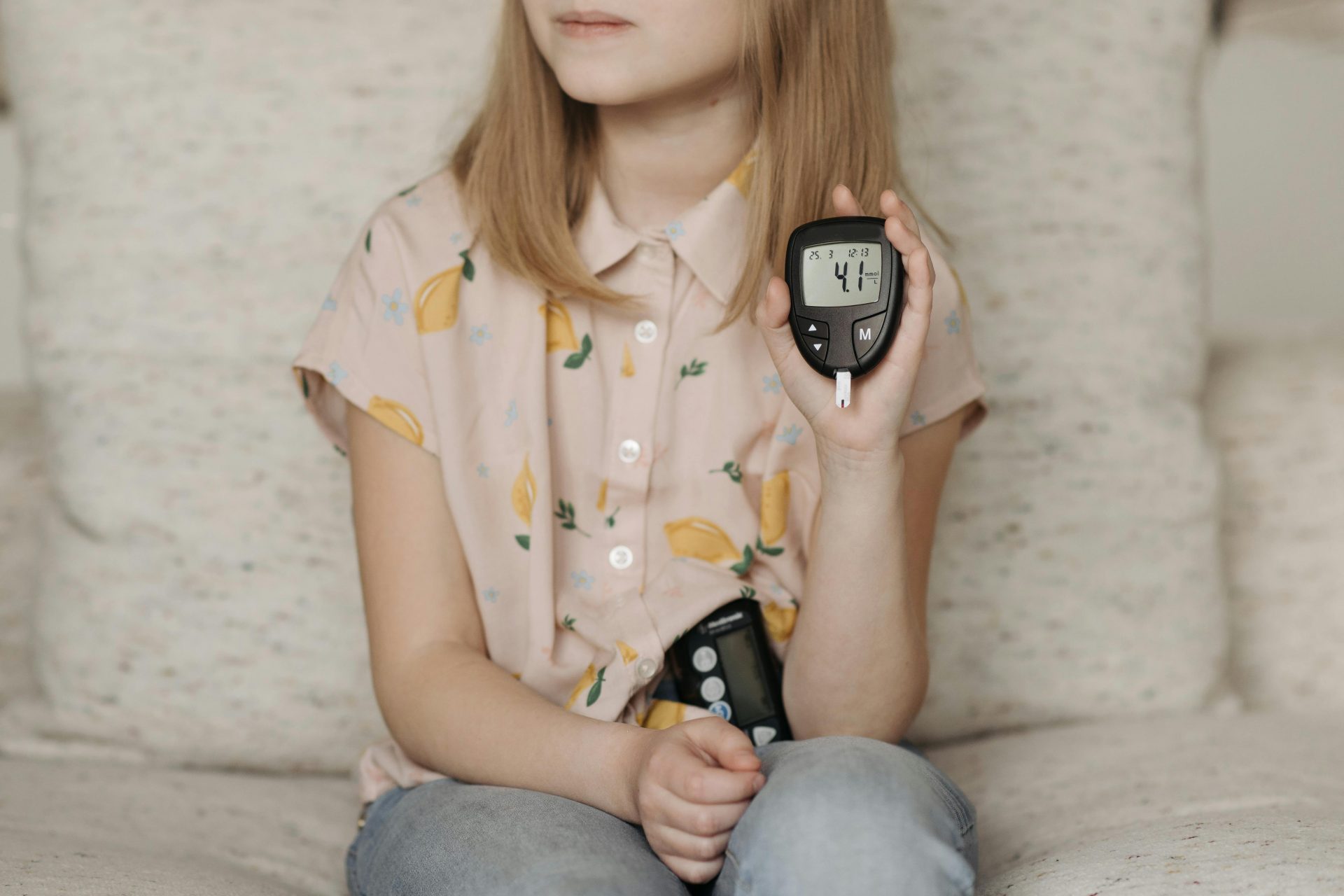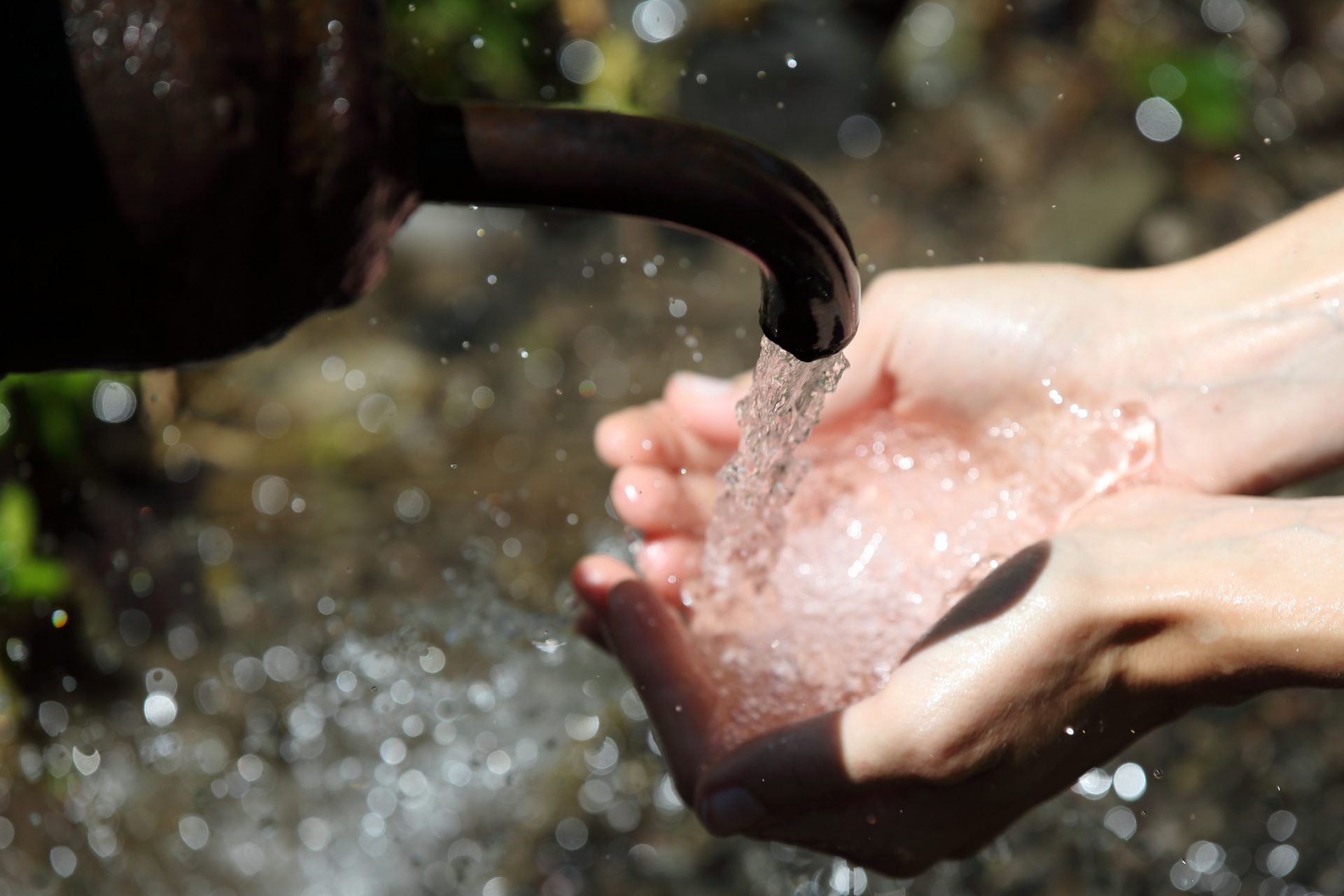Stars with diabetes and tips to keep the disease under control
After being diagnosed with type 1 diabetes at age 22, Halle Berry transformed her lifestyle by overhauling her diet and increasing her physical activity. She eliminated sugar and embraced what she later recognized as a ketogenic diet, as she shared in a 2020 Women’s Health article.
Yes, what you eat is essential if you have diabetes. While Halle Berry’s diet has been controversial in the diabetes community, experts say to strive for a balanced diet chock-full of protein, omega-3 and low in sugar.
Tom Hanks let the world in on his battle with type 2 diabetes, though he told people he doesn’t need to inject himself with insulin.
Doctors advise diabetics to be cautious with “diet” products. Don’t be fooled by the label — ‘light,’ which doesn’t necessarily mean something is healthy. These products could be hiding high quantities of sugar.
Salma Hayek was diagnosed with gestational diabetes during her pregnancy in 2007. It happens to between 2-10% of pregnant women, according to the Centers for Disease Control, and occurs when a woman’s body can’t produce enough insulin for her and her child.
Just like Hayek’s did, gestational diabetes usually vanishes post-pregnancy. But managing it during pregnancy again includes eating healthy foods regularly, avoiding processed sugary food and keeping active.
The American singer was diagnosed with type 1 diabetes at age 13. Before he was diagnosed he said in an interview organization Beyond Type 1 that he told his parents “something didn’t and they had already seen the significant weight loss and some of the other symptoms so they brought me in.”
Insulin treatment requires extra attention. According to Mount Sinai Hospital, store it between 36°F to 46°F (2°C to 8°C) when you’re not using it. Make sure it doesn’t freeze in the back of the fridge and don’t use frozen insulin. Some docs advise against using it straight from the fridge, as it could make the application uncomfortable.
When he was just six years old, Chrissy Teigen announced that her six-year-old son with John Legend was diagnosed with Type 1 diabetes. The disease was detected after he was hospitalized with an intestinal infection caused by a bacteria. Doctors then realized something was off in his blood work.
As Teigen said in her post, many young children end up being diagnosed with type 1 diabetes after going to the hospital to treat something else completely. But signs include going to the toilet a lot, being really thirsty, fatigue and weight loss.
Photo: Pavel Danilyuk/ Pexels
The director’s diabetic condition was not generally known until he received the Prince of Asturias Award for Arts in 2002, stating: “I don’t deserve this award, but I have diabetes, and I don’t deserve that either.”
Just like Woody Allen, who said the disease has caused him to live a healthier lifestyle, diabetics need to be more mindful of many aspects of health. Don’t skip those eye check-ups, as vision loss could be a fallout of diabetes.
Filmmaker George Lucas has been fighting diabetes since his 20s. But just like in his movies, he believes technology makes the fight bearable.
New tech and medical advances are improving the lives of diabetics each day. So, book an appointment with your primary care physician and ask about the latest advances for your condition.
Reggaeton star Daddy Yankee shared some scares he had before discovering he was prediabetic. It’s not quite diabetes, but your body’s early warning system before it develops.
Apart from exercising, some great foods for prediabetics are oats, lentils, sweet potatoes, pumpkins, and beans. If you have this condition, doctors say to keep a tight rein on alcohol and sugar intake, and amp up the fiber and protein.
Like others, Elvis Presley was diagnosed with type 2 diabetes, and his laissez-faire attitude toward his health led to various issues.
The CDC says diabetics should check their feet every day —even if they feel fine — and talk to a doctor if noticing a cut or blister that isn’t healing. The organization also says to wash your feet every day, never go barefoot, wear shoes that fit well, and keep your toenails trimmed.
The celebrated soccer icon, Diego Maradona, found himself grappling with a type 2 diabetes diagnosis, a result of unchecked weight gain and an unbridled lifestyle.
Maradona’s case provides a stark warning against the diets you should steer clear of when faced with diabetes. For one, avoid the notorious ‘yo-yo’ diets, as these can leave you more vulnerable to insulin resistance and potential progression to diabetes.
The Poison frontman was diagnosed with type 1 diabetes at the age of six. He has spoken of injecting insulin three times each day. On concert days, he refrains from overindulging in food before performances and takes a minor dose before going on the stage.
Hydration remains a cornerstone of managing diabetes. Strive to drink at least two liters of water daily, as this aids in managing glucose levels.
The recommendation for at least thirty minutes of daily exercise is a sound strategy to regulate blood sugar levels.
Myrka Dellanos, a prominent television journalist, shared her experience of spiraling into depression upon her diabetes diagnosis.
Diabetes is a challenging diagnosis for many to comprehend. The sooner you engage with your medical professional and adhere to their guidelines, the earlier you will reclaim control over your life.
Owing to personal turmoil, stress, and health neglect, patients can encounter several diabetes-related complications, including renal damage and neuropathy. You should always turn to your trusted medical professional if you have any questions about managing the condition.
The beloved TV chef and personality opened up about her ongoing battle with type 2 diabetes.
Unfortunately, diabetes for people of a certain age often ushers in a series of complications, potentially affecting the heart, blood vessels, eyes, brain, and more. Therefore, it becomes vital to maintain a stringent regimen of diet, exercise, and overall body care.
One practical tip for individuals with diabetes is to keep candies or sweets within reach. They can be instrumental in managing hypoglycemia (low blood sugar), which could occur post-physical exertion or due to inadequate food intake.
Photo: Customerbox / Unsplash








































